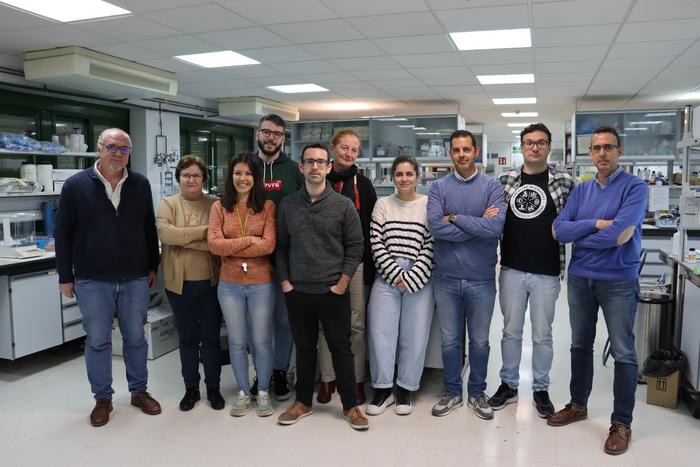Bloody Exciting: Biocompatible Battery Prototype Uses Hemoglobin as Catalyst
In good news for implantable medical device developers and others, a University of Cordoba team has come up with a battery that uses hemoglobin as an electrochemical reaction facilitator.

Researchers at the Chemical Institute for Energy and the Environment (IQUEMA) at the University of Cordoba have introduced a groundbreaking battery utilizing hemoglobin as a catalyst in the electrochemical reaction, offering a unique perspective on sustainable energy storage.
Hemoglobin, a protein found in red blood cells, plays a crucial role in transporting oxygen within the body. The research team explored its potential application as an electrochemical facilitator, specifically in zinc-air batteries. Building on previous studies by the University of Oxford and a Final Degree Project at the UCO that revealed promising redox properties of hemoglobin, the team embarked on a proof-of-concept project.
Reducing oxygen in a zinc-air battery
In the novel biocompatible battery, hemoglobin serves as a catalyst for the Oxygen Reduction Reaction (ORR) in zinc-air batteries. The ORR involves the reduction of oxygen, introduced into the battery through air, at the cathode, releasing electrons that migrate to the anode, where zinc oxidation occurs. The result is a battery prototype that operates effectively for 20 to 30 days using a mere 0.165 milligrams of hemoglobin.
As UCO researcher Manuel Cano Luna explained: "to be a good catalyst in the oxygen reduction reaction, the catalyst has to have two properties: it needs to quickly absorb oxygen molecules, and form water molecules relatively easily. And hemoglobin met those requirements."
Apart from impressive performance, the prototype offers sustainability benefits inherent in zinc-air batteries. These batteries are more resilient in adverse atmospheric conditions, unlike counterparts affected by humidity and requiring an inert manufacturing atmosphere. Moreover, the use of hemoglobin as a biocompatible catalyst holds promise for integration into human body implantable devices, such as pacemakers, due to its operation at a pH similar to blood.
Still a way to go
While the current prototype is a primary, non-rechargeable battery, the researchers are already exploring alternatives to enhance its functionality. The aim is to find another biological protein capable of transforming water into oxygen, enabling rechargeability. Additionally, the team acknowledges the limitation of oxygen dependence, rendering the battery unsuitable for space applications.
The findings, published in the journal Energy & Fuels, introduce a potential paradigm shift in battery technology, with implications beyond the implantable-device industry: As society witnesses an increase in mobile devices and a growing commitment to renewable energies, the study opens avenues for devices that store excess electrical energy as chemical energy. Notably, the research addresses concerns associated with lithium-ion batteries, including lithium scarcity and environmental impacts from hazardous waste.
About the Author(s)
You May Also Like





